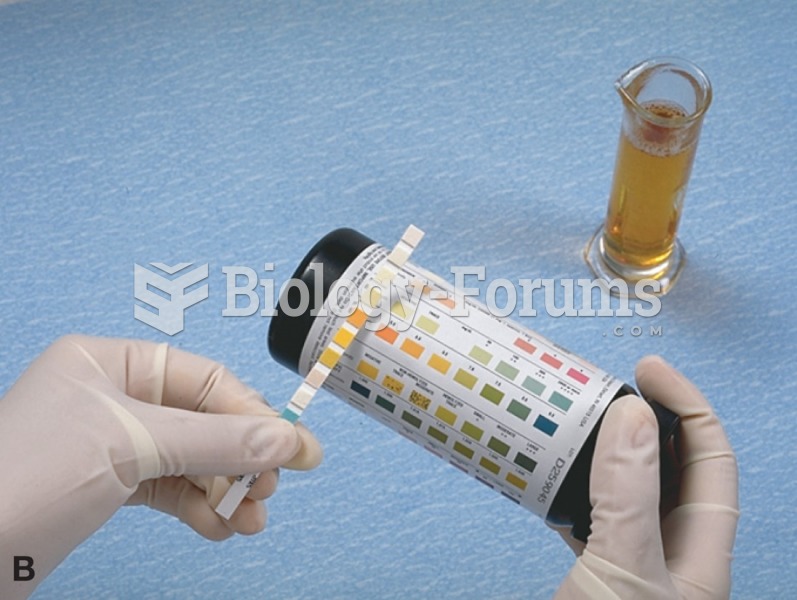Answer to Question 1
10 Identify and clearly describe three behavioral characteristics and the specific adaptations you would use to work with these children in the classroom, including developmentally appropriate examples of how these would be carried out.
8 Identify and describe three behavioral characteristics and the adaptations you would use to work with these children in the classroom, including developmentally appropriate examples of how these would be carried out.
6 Identify and describe two to three behavioral characteristics and some adaptations you might use to work with these children in the classroom, including some examples of how these might be carried out.
4 Identify and vaguely describe one to three behavioral characteristics and some adaptations you might use. Do not provide examples of how these might be carried out.
2 Inaccurately identify and describe one to three behavioral characteristics and some adaptations you might use. Do not provide examples of how these might be carried out.
Answer to Question 2
Answers will vary.
Creative dramatics and literacy are built on the oral language base. Creative dramatics provides many opportunities for young children to use oral language as they prepare, plan, discuss, and cooperate on the theme and direction of the story. In creative dramatics, children learn how their ideas communicate with others while providing feedback of things that need improvement to make the process work better. Sometimes a story or book from literature will provide the stimulus for the creative drama, which helps children recognize how the story is shared in oral form. Drama can also lead to children reading about something that was shared or ideas researched to build their story. The connection between drama and literacy is powerful and provides meaningful experiences for young children who learn best when things are active and concrete.







